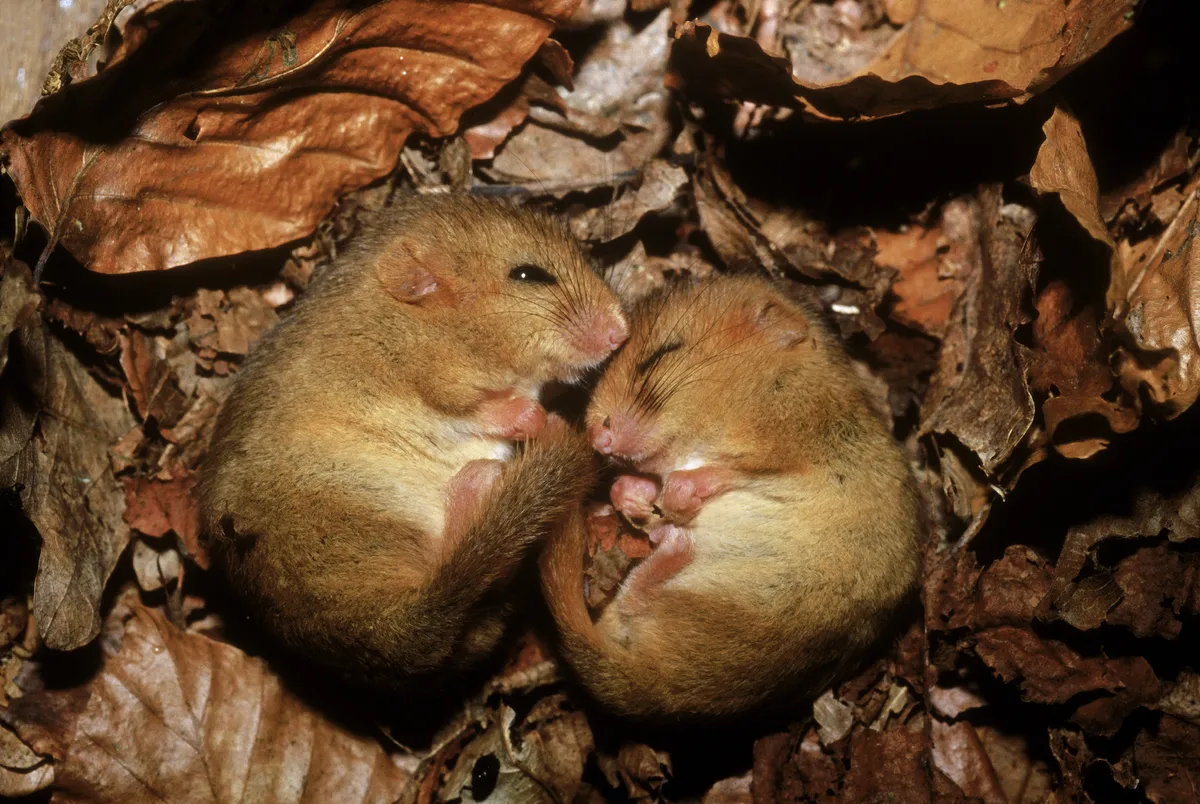Britain’s native hazel dormice numbers have fallen by a third since the start of the millennium, a new report has found.
Once a familiar sight throughout much of England and Wales, over the past 100 years dormice have suffered from the loss of woodlands and hedgerows.
The State of Britain’s Dormice report, published by wildlife charity People’s Trust for Endangered Species (PTES), shows that hazel dormice numbers have declined by 38% since 2000, and 55% since the 1990s.
As a result, the charity warns that the species is now rare and vulnerable to extinction in Britain, with the dormouse now extinct in 17 English counties.
According to the charity, changes to farming and woodland management practices have been bad news for the dormouse.
The dwindling population is also vulnerable to climatic changes, such as wetter springs and summers, as foraging for food becomes a lot harder.
Warmer temperatures in wintertime can also interrupt their hibernation.
The report will be published today at the National Dormouse Conference, held at the University of Reading.

The findings were collected by the National Dormouse Monitoring Programme, which has seen volunteers collect over 100,000 records on how the species has been faring since 1988.
Dormouse Officer at PTES, Ian White, said: “The future [of hazel dormice] in Britain is now precarious and there’s a pressing need for action to ensure their long-term survival,”
“Dormice have been around for 40 million years, and protecting them is a priority for PTES.
“Along with the support of hundreds of volunteers, we are trying to save them before it’s too late.”
PTES say they have a ‘three-pronged approach’ to reversing the decline in dormice, which includes continuing to keep detailed dormouse records, a reintroduction programme and training and guidance for landowners and woodland managers.
Although the population has dropped as a whole, Dr Tim Hill, Natural England’s Chief Scientist, is hopeful for the future.
He said: “We’ve worked to fund and support dormouse conservation for over 23 years. There is clearly more work to do.
He continued: “we’re very encouraged to see dormice thriving in those areas where they’ve been reintroduced.”
Main Image: Getty